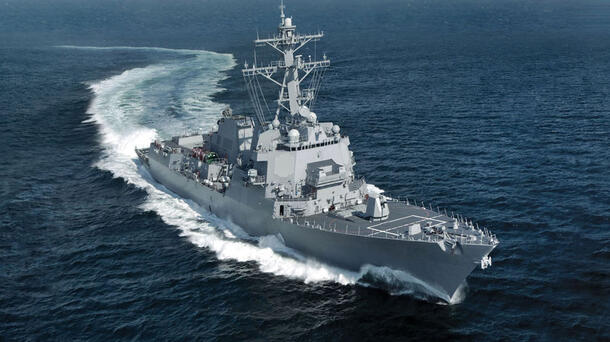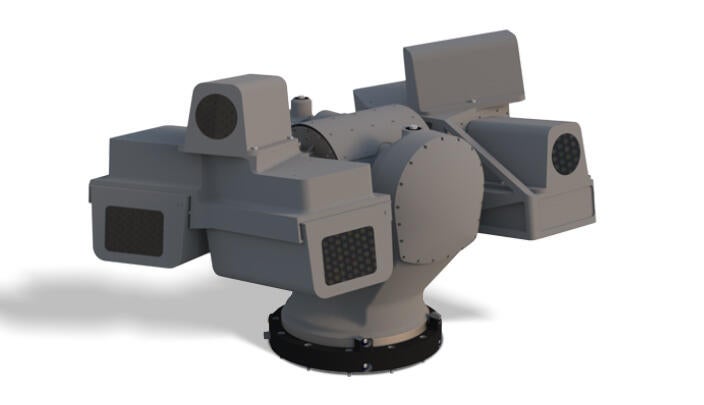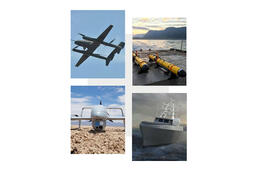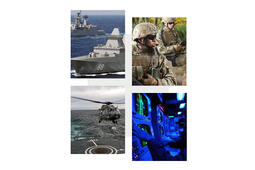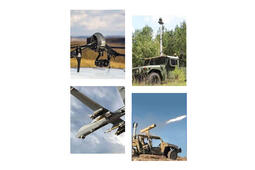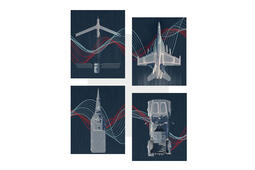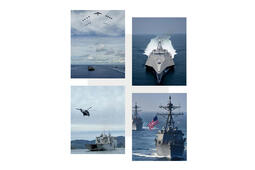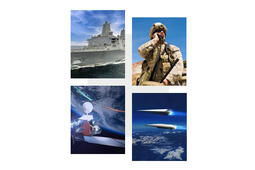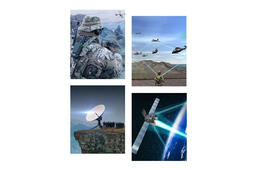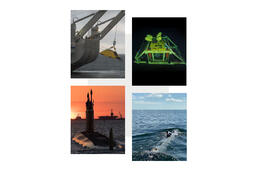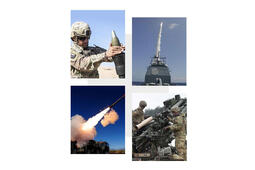As the sun sets, a speck appears on the horizon and naval watch-standers must be able to tell if it’s hostile or friendly before it’s too late.
New advancements in Electro-Optical and Infrared (EO/IR) capabilities by L3Harris Technologies help warfighters differentiate that speck, allowing them more time to react if needed.
Compared to traditional radar systems that offer a top-down view, these advancements give the surface navy a 360-degree view of their environment, increase situational awareness, and assist in detecting and identifying objects around them.
Building on the foundation set by the MK46 Mod 0 in the early ‘90s, L3Harris has continuously evolved EO/IR capabilities, investing through Independent Research And Development (IRAD).
“The global electro-optical/infrared systems market is projected to reach $11.68 billion by 2026. L3Harris has invested significantly in IRAD furthering our presence in markets such as situational awareness, fire control, cross-domain (airborne, ground, maritime), and intelligence, surveillance and reconnaissance,” said Kristin Houston, President, Electro Optical, L3Harris. “The increased development of advanced sensor technology-based systems assists L3Harris in meeting end users’ numerous applications and being on the cutting edge of those opportunities.”
In April, the U.S. Navy selected the L3Harris-led team for its Shipboard Panoramic Electro-Optic/Infrared (SPEIR) system, elevating EO/IR sensors from a dedicated weapons support sensor to a full passive mission solution capability.
“We’re working very hard to design an architecture that is built to last, replaceable, in a modular open system approach and supports modernization through modularity,” SPEIR Chief Engineer Stephen McClanahan said. “We’re making sure this system remains relevant as threats evolve rapidly.”
This system can be deployed on multiple Navy platforms from small unmanned surface vessels to massive aircraft carriers, using a Modular Open Systems Approach (MOSA). This approach supports use on multiple platforms with significant reduction in engineering rework and life cycle cost by leveraging common imaging components and technologies to the largest extent possible. The goal of MOSA is to provide a flexible design strategy with a simple, more cost-effective approach to upgrade as newer technologies become available.
